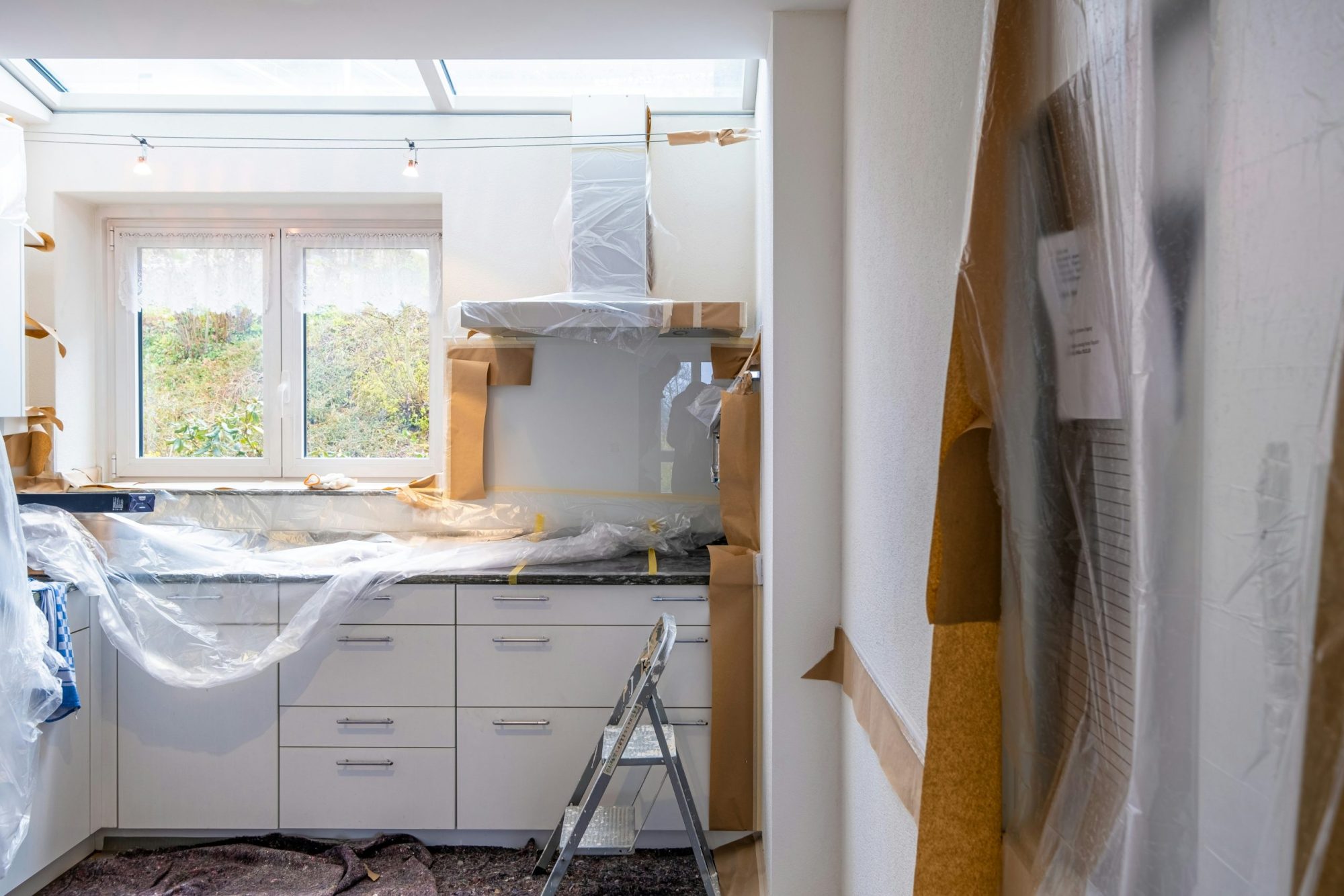Relocating an office is very different from moving house. It’s about more than just transporting furniture and boxes from one place to another; it’s also about maintaining business continuity, protecting valuable assets, and ensuring staff remain productive during such a disruptive time. Without proper planning, office moves can quickly become stressful and costly. But with a structured approach and expert support, workplace relocation can be both smooth and efficient.
At Britannia Lanes, we’ve helped countless businesses with office relocation across the UK. From small companies upgrading to larger premises, to major organisations shifting entire teams, we understand the unique challenges of commercial moves. In this guide, we’ll walk you through the essential steps to a successful move, from planning and communication to protecting documents and minimising downtime.
Why Careful Planning Is Essential
Every successful office move begins with careful planning. The earlier you start, the more organised and stress-free the process will be. Ideally, you should begin moving preparations several months before the relocation date.
Start by setting a clear timeline that includes milestones for each stage of the move. This might involve finalising contracts for the new office, booking a professional removals company, arranging packing days, and scheduling IT reconnections. Assign responsibilities across your management team so that no single person is overloaded, and ensure accountability for every aspect of the move.
Communication is equally vital. Keep staff informed from the moment you begin so they know what to expect and when. Regular updates help reduce uncertainty, and clear instructions prevent last-minute confusion. The more structured your plan, the less chance there is of unexpected problems derailing the relocation.
Protecting Documents and Data
One of the biggest risks during an office relocation is the potential loss or damage of important business documents. Paper files, contracts, and sensitive client information all need to be transported securely and accounted for throughout the move.
Begin by organising documents into categories and using secure, clearly labelled boxes. Only authorised personnel should have access to confidential files, and lockable crates can add an extra layer of security. For digital data, ensure backups are completed well before the move. Cloud storage is a great option that provides peace of mind in case any hardware is misplaced or damaged.
It’s also worth planning how your IT systems will be packed and reconnected. Computers, servers, and phones should be handled by trained professionals who understand the importance of both speed and security. With the right preparation, your business data and equipment will stay safe and accessible.
IT and Technology Relocation
Relocating IT systems is one of the most important aspects of an office move. Servers, phone systems, and networking hardware are the backbone of modern business operations, and even minor delays in reconnecting them can cause service disruption.
Working with IT specialists is highly recommended to minimise the risk of data loss and ensure compliance with security protocols. Backups should be completed before the move, while detailed reconnection plans should be in place for immediate post-move implementation.
Pre-move testing is also important as it allows you to identify potential issues before they impact staff. Once at the new location, post-move setup should prioritise critical systems so teams can return to work without delay. With the right expertise, your technology can transition seamlessly alongside your business.
Office Packing Tips for a Smooth Move
Packing up an office requires more than just boxes and tape. Unlike domestic moves, workplaces often contain specialist equipment, shared resources, and furniture that needs to be dismantled and reassembled. So here are some practical office packing tips to help you out:
- Label everything clearly: Each box should have a label with its contents, department, and destination room in the new office. This speeds up unpacking and prevents misplaced items.
- Use professional materials: Sturdy crates, bubble wrap, and anti-static covers are essential for protecting IT equipment and fragile items.
- Dismantle furniture carefully: Desks, shelving, and meeting tables should be disassembled systematically, with all screws and fittings stored in labelled bags.
- Create an inventory: Keep track of every item moved to ensure nothing goes missing.
Working with a specialist business removals company like Britannia Lanes means you’ll have access to professional packing services. Our team can provide everything from secure packing materials to expert handlers who know how to move office equipment safely.
Minimising Downtime and Disruption
For most businesses, the biggest concern during relocation is downtime and business continuity. Every hour that staff can’t work costs money, so keeping disruption to a minimum is crucial. Fortunately, there are several strategies that make this possible.
A phased move is one effective option, especially for larger organisations. This means relocating departments in stages rather than all at once, allowing parts of the business to continue operating while others are in transit. Another strategy is scheduling the move outside of normal business hours, such as overnight or at weekends, so that staff arrive at the new office ready to work with minimal interruption.
Ensuring IT systems are quickly reconnected is also a top priority. Work with your removals provider and IT team to plan the order of equipment reconnection, with critical systems such as servers and phones being the priority. Having a detailed checklist helps ensure that no department is left without the tools they need.
Managing Teams During Relocation
Moving workplace environments can be unsettling for employees, so managing the transition thoughtfully is key to maintaining productivity and morale.
Keep staff updated regularly, and provide opportunities for them to ask questions. Share floor plans of the new office so employees know where they’ll be working, and give clear instructions about packing personal items. If possible, arrange a walkthrough of the new space before the move to familiarise teams with the layout and facilities.
Supporting employees also means acknowledging the challenges they may face. Moving can be disruptive to routines, so offer flexibility where possible and ensure managers check in with their teams. The smoother the transition feels for your staff, the sooner they can return to full productivity.
Sustainable Office Moves
Modern businesses are becoming more conscious of their environmental footprint, and office relocations provide a valuable opportunity to adopt greener practices. Instead of sending old furniture or unused equipment to landfill, consider recycling or donating items to local charities, schools, or community organisations. This approach not only reduces waste but also benefits others who can make use of your surplus resources.
Packaging choices also make a big difference. Opt for recyclable or reusable materials, such as sturdy plastic crates, paper-based padding, or recycled cardboard, rather than single-use plastics. These alternatives cut down on unnecessary waste and can often be reused for future moves or storage.
At Britannia Lanes, we support sustainable office relocations by offering reusable packing crates, professional recycling options, and eco-friendly transport solutions. With our help, businesses can move efficiently while aligning their relocation with modern sustainability goals.
Why Choose Britannia Lanes for Office Relocation?
When it comes to commercial moves, having a reliable partner makes all the difference. Britannia Lanes has decades of experience in business removals, providing expert support tailored to each company’s needs. From meticulous planning to safe transportation, our team handles every stage of the process with professionalism.
We offer secure packing materials, professional packing services, and logistics designed specifically for offices. Whether you’re relocating a small team or an entire organisation, we ensure documents, equipment, and furniture are moved safely and efficiently. Our crews work flexibly around your schedule, helping to reduce downtime and keep your business running smoothly.
With Britannia Lanes, you’re gaining peace of mind that your relocation is in the hands of specialists who understand the importance of continuity, security, and efficiency.
Frequently Asked Questions About Office Relocation
How far in advance should we plan an office move?
Ideally, planning your move should begin at least three to six months before the relocation date. This allows enough time to book professional movers, coordinate IT requirements, and communicate with staff.
What is the biggest challenge during an office move?
For most businesses, minimising downtime is the main concern. Careful scheduling, phased moves, and prioritising IT reconnections are key strategies for keeping operations running smoothly.
How do we protect sensitive documents and equipment?
Use secure, clearly labelled crates for confidential files and ensure only authorised personnel handle them. Digital backups should be made before the move, and IT equipment should be packed and reconnected by professionals.
Can employees be involved in the packing process?
Yes. Staff should be responsible for packing personal items and labelling their workspace contents, but larger equipment and shared resources are often best handled by trained movers.
Why hire a specialist removals company instead of handling it ourselves?
Professional movers such as Britannia Lanes bring expertise, equipment, and proven processes that reduce risks, save time, and ensure your business can resume operations quickly.




